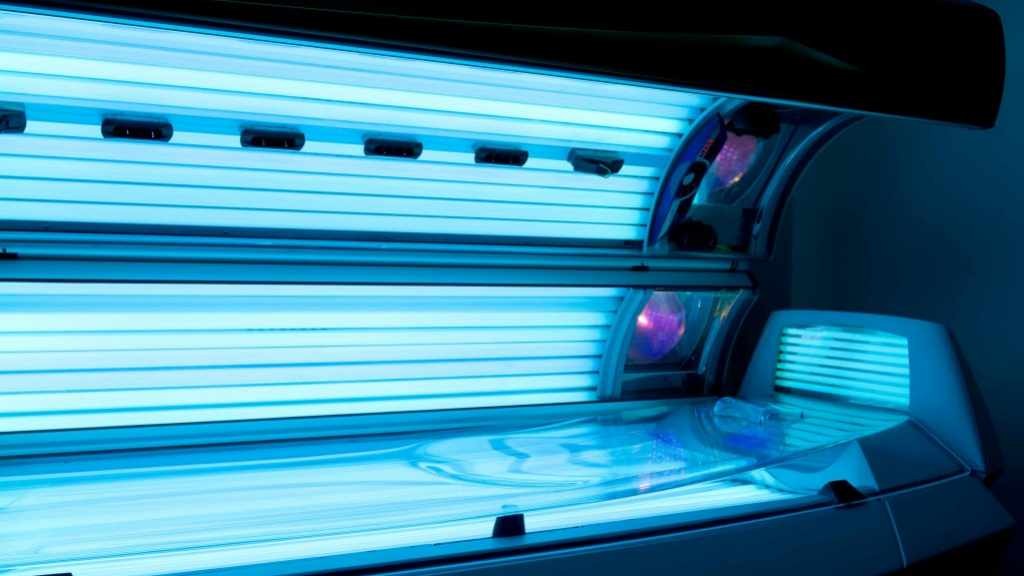-
Should There be Age Restrictions on Tanning Beds?
 Last week the Food and Drug Administration proposed steps to prevent the use of indoor tanning beds. They want to restrict usage to people 18 years of age and older, and they want tanning bed manufacturers and facilities to ramp up safety measures. The FDA reports that their goal is to protect young people from skin cancer, as well as other dangers such as eye damage.
Last week the Food and Drug Administration proposed steps to prevent the use of indoor tanning beds. They want to restrict usage to people 18 years of age and older, and they want tanning bed manufacturers and facilities to ramp up safety measures. The FDA reports that their goal is to protect young people from skin cancer, as well as other dangers such as eye damage.
Mayo Clinic dermatologist Dr. Jerry Brewer says legislature to decrease tanning bed use would be a good thing. "Tanning is never a good idea, and more people develop skin cancer because of tanning bed use than those who develop lung cancer because of smoking. In fact, some sources feel that just one session in a tanning bed can increase the chances of developing melanoma by 20 percent." Melanoma is one of the deadliest forms of skin cancer, and Brewer says, "in melanoma cases occurring in young people between 18 and 29 years old, 76 percent can be attributed to tanning beds." According to the FDA, 1.6 million minors use tanning beds, and the negative effects can add up over time.
In addition to proposing age limits on indoor tanning use, the FDA also wants to make them safer for adults who choose to use them. Those safety measures include:
- The requirement that adults sign a document acknowledging they know the risks
- Easier to see warning labels
- An obvious stop or "panic button"
- Improved eye protection
Dr. Brewer says the best way to prevent skin cancer is to avoid indoor tanning beds and to be smart with exposure to sunlight.
- Use sunscreen daily with SPF of higher than 15
- Supplement sun screens with hats, sun glasses and sun-wear
- Reapply sun screen if you're out in the sun for long periods of time
"If one does develop skin cancer, the best thing to do is to catch it as early as possible. Doing skin self-exams on a monthly basis at home and seeing a dermatologist for a yearly checkup can increase the chances of catching skin cancer early and surviving it."







